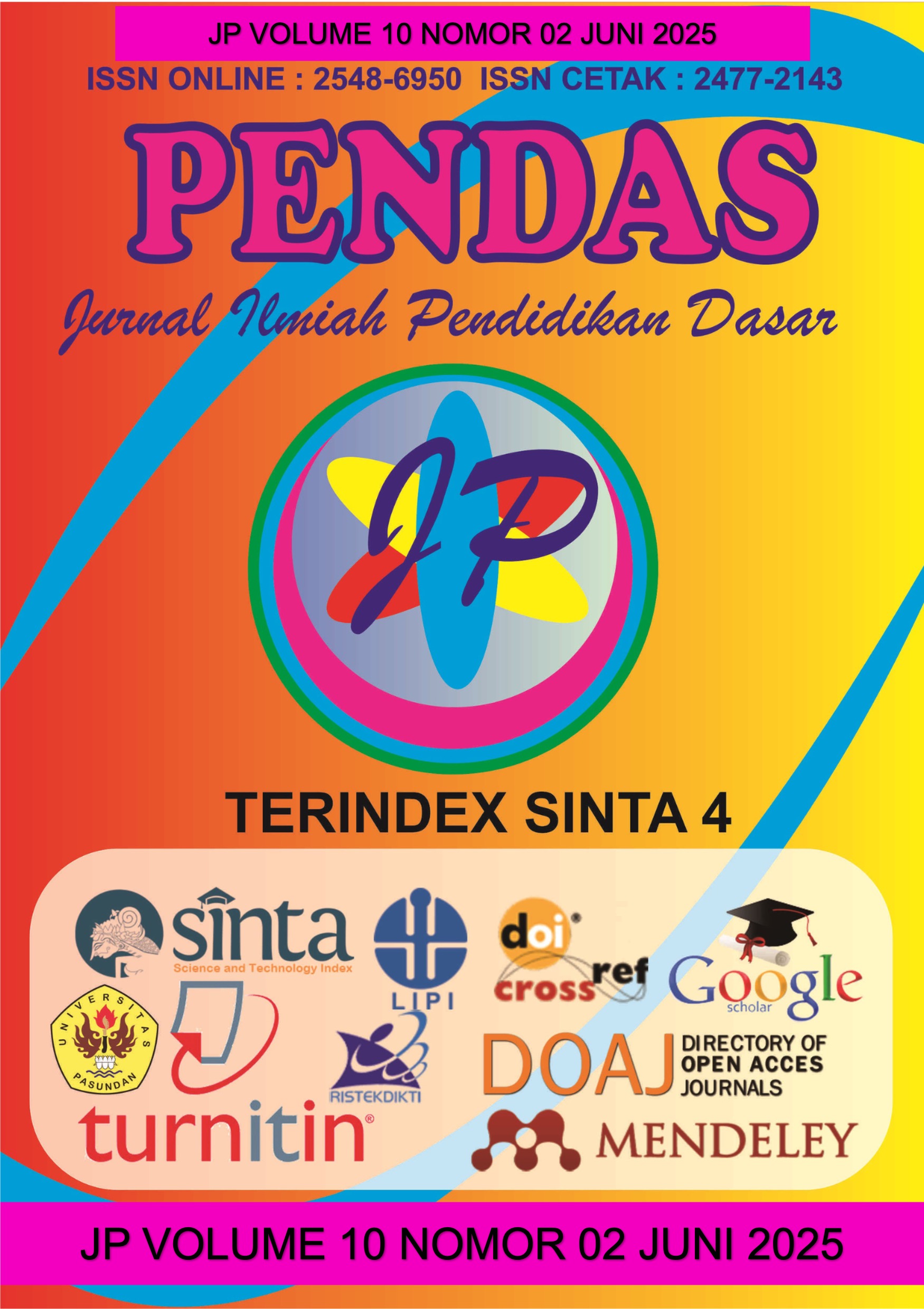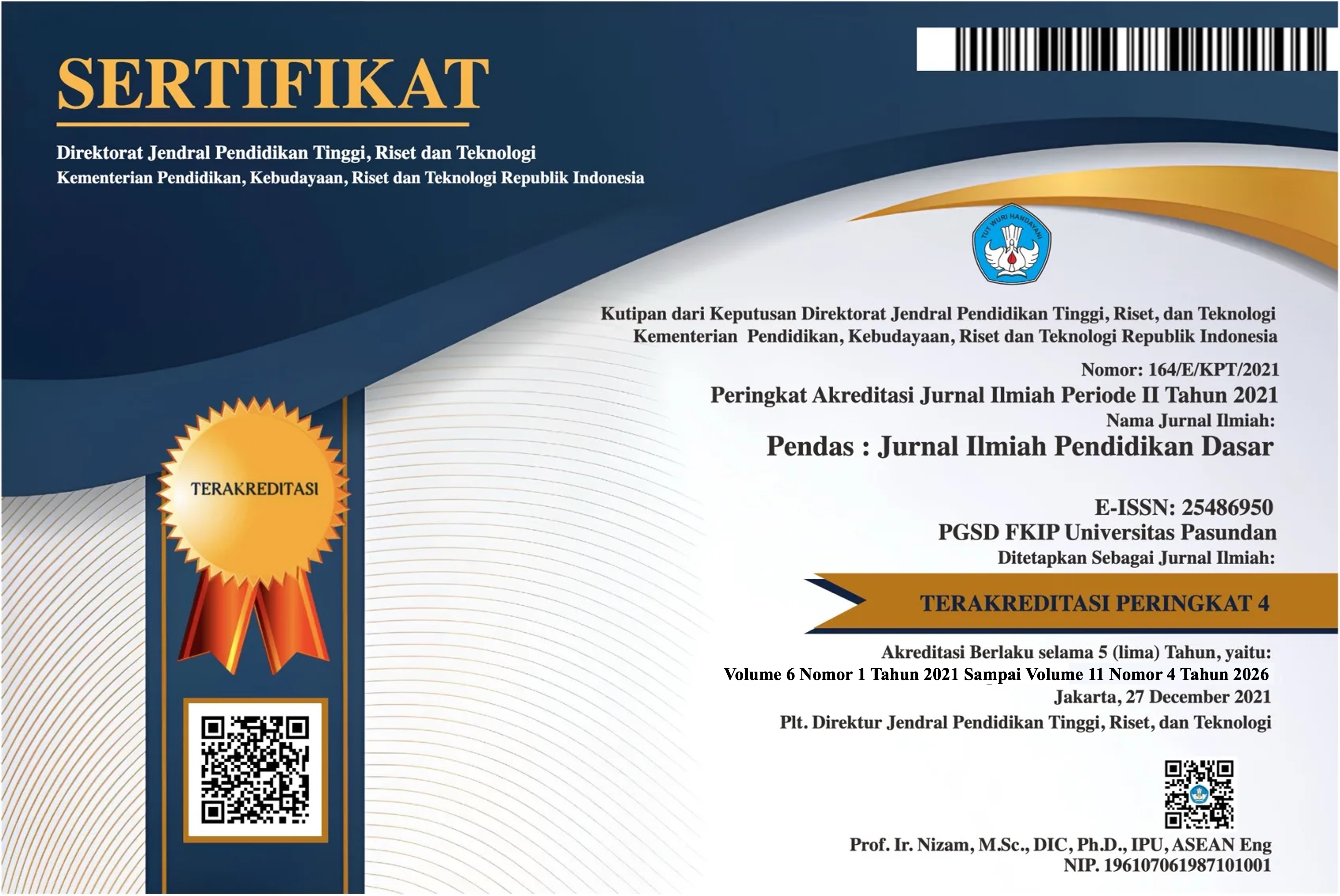STUDI ETNOGRAFI KULINER LEGENDARIS DI KAWASAN GLODOK
DOI:
https://doi.org/10.23969/jp.v10i02.28821Keywords:
Glodok, legendary cuisine, gastronomy, ethnography, cultural heritage.Abstract
This study discusses the existence of legendary cuisine in the Glodok Chinatown area of Jakarta as a cultural heritage that reflects the social, cultural, and historical values of the Chinese community. The issue raised is the decline in legendary cuisine due to a lack of regeneration of business operators. The objective of this study is to explore and document the gastronomic value of Glodok's legendary cuisine through an ethnographic approach. The research method employed is a descriptive qualitative study with an ethnographic approach. The population in this study is all legendary culinary business operators in Glodok, while the sample focuses on three stalls that have existed for decades, namely Kopi Es Tak Kie (since 1927), Kari Lam (since 1973), and Laksa Lao Hoe (since 1980). Data collection techniques were conducted through direct observation, in-depth interviews, and documentation. Data analysis techniques were carried out through the stages of data reduction, data presentation, and descriptive qualitative conclusion drawing. This study utilized nine components of gastronomy according to Turgarini, such as history, raw materials, presentation, tasting, ethics and etiquette, and dining experience. The results of the study show that these three cuisines still maintain their original flavors, ingredients, and strong traditional values, and have become unique gastronomic tourist attractions. However, the sustainability of these cuisines depends on the willingness of the younger generation to preserve this cultural heritage. This study contributes to the preservation of culinary culture as part of the city's identity and efforts to develop sustainable tourism.
Downloads
References
Andini, D. A., & Nugraha, R. N. (2023). Kawasan Pecinan Glodok sebagai Daya Tarik Wisata Kuliner. Jurnal Manajemen Perhotelan Dan Pariwisata, 6(2), 565–578. https://doi.org/10.23887/jmpp.v6i2.61464
Dewantara, Y. F., Nurbaeti, & Arafah, W. (2023). Bubur Ase: Betawi Cultural Heritage Food (Issue Tgdic). Atlantis Press International BV. https://doi.org/10.2991/978-94-6463-296-5_14
Dewantara, Y. F., Susanto, P., & Angelina, S. (2022). Pepes Sebagai Identitas Kuliner Khas Desa Walahar Kab. Karawang Jabar. Jurnal Pesona Hospitality, 15(1 Mei).
Ferdiana, F., & Ferianda, A. (2020). Simbolisme Lempah Kuning Sebagai Daya Tarik Wisata Gastronomi Kabupaten Bangka. Studia Komunika: Jurnal Ilmu Komunikasi, 3(1), 4–9. https://doi.org/10.47995/jik.v3i1.35
Haris, A., & Nasri, U. (2023). Studi Etnografi tentang Pendidikan Nilai dalam Adat Pasaji Ponan di Sumbawa. Jurnal Ilmiah Profesi Pendidikan, 8(2), 1278–1285. http://www.jipp.unram.ac.id/index.php/jipp/article/view/2389
Indonesia, U. P. (2020). Preservation And Development Of Kampung Nikmat As Tourist Destination For Sunda Gastronomy Cultural Heritage. 5, 266–276.
Iskandar, H. (2022). Peran Koko Cici Jakarta Dalam Promosi Destinasi Budaya Tionghoa Studi Kasus Petak 9 Jakarta: Peran Koko Cici Jakarta Dalam Promosi Destinasi Budaya Tionghoa Studi Kasus Petak 9 Jakarta. Jurnal Manajemen Perhotelan dan Pariwisata, 5(2), 144-151.
Krisnadi, A. R. (2020). Fenomena Molecular Gastronomy Pada Pengolahan Makanan. Jurnal Pesona Hospitality, 13(1), 1–12. https://jurnal.pertiwi.ac.id/index.php/pesonahospitality/article/view/61
Krisnadi, A. R., & Natalia, D. (2020). Analisis Faktor-Faktor yang Memengaruhi Minat Kunjungan Wisatawan Berdasarkan Komponen Destinasi Wisata di Kawasan Kuliner, Pasar Lama Tangerang. Destinesia : Jurnal Hospitaliti Dan Pariwisata, 2(1), 34–46. https://doi.org/10.31334/jd.v2i1.1069
Kristyadi, G. A., & Facrureza, D. (2024). Analysis of Local Culinary Consumption On The Attractiveness of Culinary Tourism In The Surya Kencana Area of Bogor. International Journal of Accounting, Management, Economics and Social Sciences (IJAMESC), 2(5), 1612-1619.
Sari, D. P. (2024). Strategi Pengembangan Wisata Gastronomy Di Kota Bogor- Jawa Barat. 7(1), 20–29.
Susanto, P. (2023). Strategi Bauran Pemasaran Kuliner Lotek DalamMeningkatkan Wisata Kuliner Di Kabupaten Karawang(Studi Kasus Lotek Ci Apang). Jurnal Pesona Hospitality, 16 no.1(1), 13–21.
Susanto, P., & Fajar, Y. (2025). Culinary Potential of Traditional Lotek as Culinary Tourism Attraction in Karawang Regency ( case study : Lotek Ci Apang ) Culinary Potential of Traditional Lotek as Culinary Tourism Attraction in Karawang Regency ( case study : Lotek Ci Apang ) Introduct. 16(1), 55–66.
Usaha, J., Wisata, P., & Sahid, P. (2024). Culinary Atrraction In Glodok With Chinese Culture As A Tourism Potentitial. 6(2), 1078–1089.
Wibawa, C. (2025). Strategi optimalisasi strategi dalam mendukung pariwisata berkelanjutan di Jakarta. 9(1), 29–43.
Yasin, M., Garancang, S., & Hamzah, A. A. (2024). Metode Dan Instrumen Pengumpulan Data Penelitian Kuantitatif dan Kualitatif. Metodologi Penelitian Untuk Public Relations Kuantitatif Dan Kualitatiif, 2(3), 161–173.
Downloads
Published
Issue
Section
License
Copyright (c) 2025 Pendas : Jurnal Ilmiah Pendidikan Dasar

This work is licensed under a Creative Commons Attribution 4.0 International License.



















